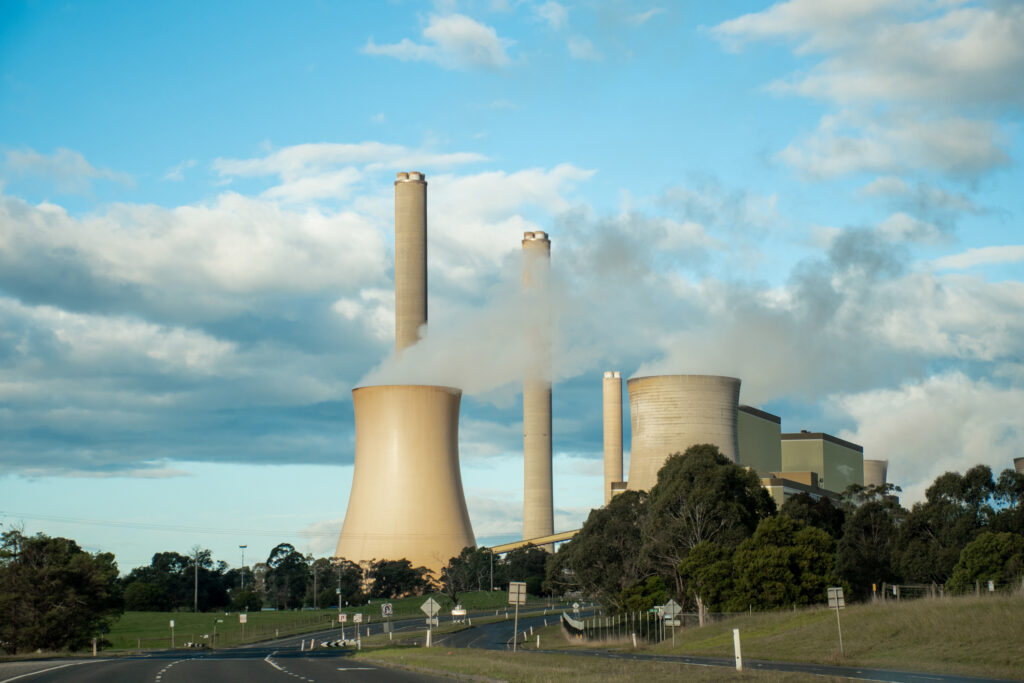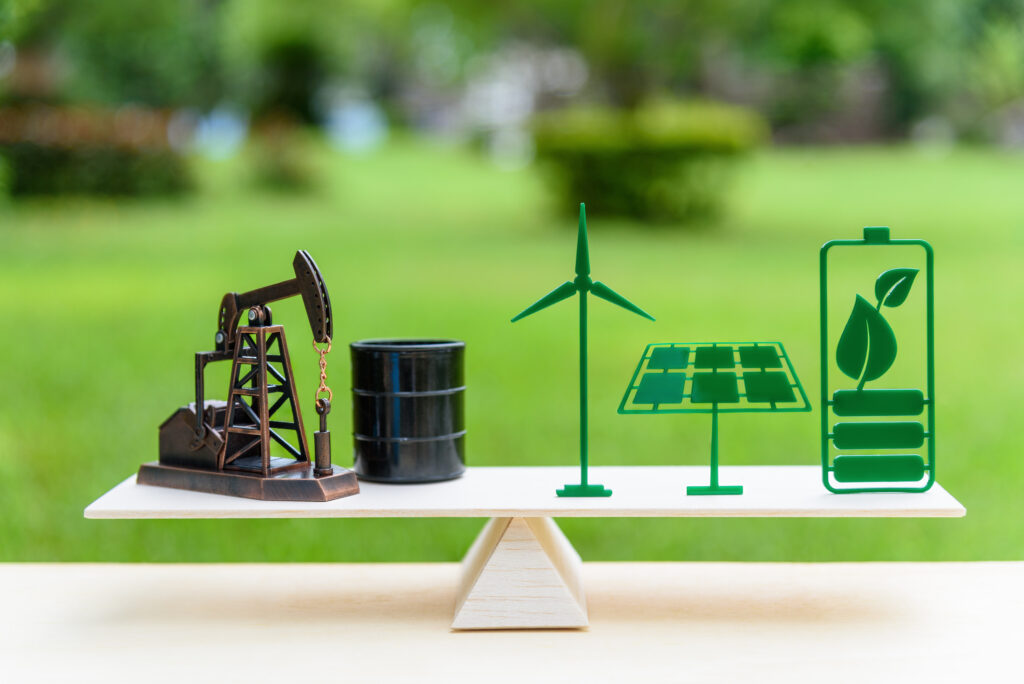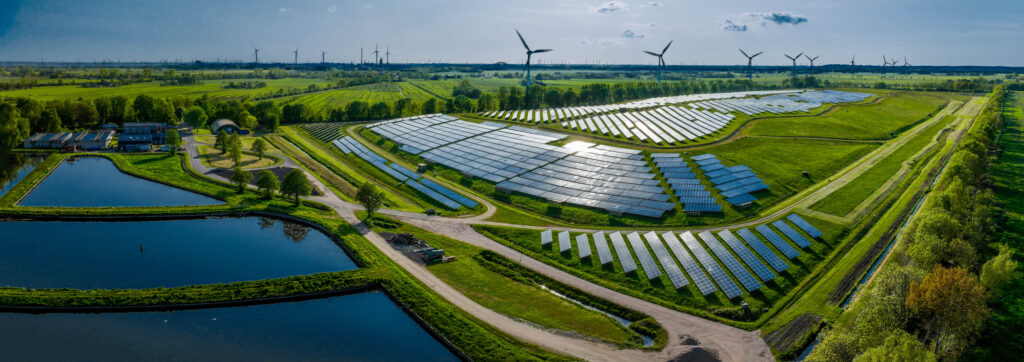Delivery of affordable, abundant, reliable, available, and clean electricity to customers is paramount to modern quality of life. Recent announcements of the proliferation of data centers demanding double and even triple the electricity supply will stress the current infrastructure. It’s time to stimulate conversations about unlimited electricity generation that is reliable, continuous, uninterruptable, and emissions-free to meet the needs of the end users.
A vulnerable grid and the intermittency of low-density wind and solar electricity generation methods threaten to supply such growth in electricity demand. Nuclear power production, the proven technology, is our only practical hope of keeping up with the rapidly approaching demand.
Nuclear power has been providing electricity to the US Navy, France, and others around the world for almost 70 years. The technology is well-understood, and it boasts the best safety record of any industry (based on injury and death). The material left over from the current fleet of light-water reactors can be recycled to attain 30 times the electricity produced the first time through. Such an advantage can provide energy security for billions worldwide, significantly increase their quality of life, and relieve the fear of not having reliable and continuous electricity for all.
The Department of Energy (DOE) continues to advocate nuclear power as a way to provide dispatchable electricity at the lowest cost to consumers.

The recent September 2024 report from the DOE, “The Pathways to Commercial Liftoff report,” summarizes advanced nuclear that includes a range of proven and innovative technologies and defines three size categories (large, small, and micro) for reactor designs:
- Large: Fast breeder and Light Water reactors (generally ~1000 MW) are essential for bulk electricity production.
- Small modular reactors (SMRs) are generally considered ~50 to ~350 MW and provide choices for individual customers.
- Microreactors could serve a variety of use cases where reliability, transportability, and compactness are highly valued.
Nuclear-generated electricity is proliferating around the world:
France has more than 50 nuclear power reactors producing more than 70% of France’s electricity.
Today, about 440 nuclear power reactors are in operation in 32 countries and Taiwan, with 62 new reactors under construction. As of August 1, 2023, the United States had 54 nuclear power plants, with 93 operating commercial nuclear reactors in 28 states. These plants generate about 20% of the country’s electricity. Nuclear power has the competitive advantage of being the only baseload power source that can accommodate the desired expansion of an emission-free, continuous, uninterruptible, and timely clean electricity supply to the end users.
The nuclear power systems developed for the Navy have functioned well for over seven decades. All U.S. Navy submarines and aircraft carriers are nuclear-powered, and other military services are now joining the fleet. The Navy’s seven-decade safety track record with nuclear-generated electricity to support national security began before the formulation of the Nuclear Regulatory Commission (NRC) and all its regulatory roadblocks.
Today, about 60 reactors are under construction worldwide, and 110 are planned. Most of these reactors are in China.
Filmmaker Oliver Stone released a movie called Nuclear Now. The movie is educational and entertaining. Oliver Stone points out several additional reasons for Nuclear Now:
- The Navy’s 40+ nuclear-powered submarines can stay submerged for months and travel thousands of miles without refueling.
- During a 70+ year run, the Navy’s nuclear reactors have accumulated the equivalent of more than 6,000 years of nuclear reactor safety.
- Nuclear power is the safest way to generate emission-free electricity. Using the official internationally recognized death statistics for Three Mile Island, Chernobyl, and Fukushima, the combined loss of lives from the three major nuclear accidents is at most 32 people. According to the World Health Organization (WHO), the combined effects of outdoor and household air pollution cause about 7 million premature deaths each year.
Nuclear power currently produces the least expensive electricity available today, considering that folks pay extra taxes in subsidies for coal and natural gas electricity production and as much as 100 times more subsidies for wind and solar power than we do in subsidies for nuclear power.
Rather than pursue renewables of wind and solar that require huge land footprints, huge taxpayer subsidies, and even then, only generate electricity occasionally, we must focus technology resources on our nuclear power production industry that has the best industrial safety record among all companies and a track record of producing the cheapest non-subsidized zero-emissions electricity.
Our government has struggled for almost 45 years to fulfill its responsibility to “dispose” of our “nuclear waste.” Since this “waste” can be recycled, it is a valuable asset, so let’s call it slightly used nuclear fuel (SUNF) since only about 3% of the electricity potential is realized from this fuel. We are on the cusp of a revolutionary innovation in electricity production, held back only by our Federal Government.
The recycling technology is called “fast reactor recycling” or “fast breeder reactors.” Surprisingly, this technology has existed since before the current light water reactor technology existed. It has worked well, produced extremely low-cost electricity, and promises even better safety features than the existing fleet.
Meanwhile, despite the DOE’s continuous support of the movement toward nuclear energy, the United States remains delighted to keep its head in the sand. At the same time, France and other countries use nuclear-generated electricity that is reliable, dispatchable, and zero-emission. The USA seems focused on wind and solar electricity, which is the most expensive (without subsidies), unreliable, and NON-dispatchable! It also requires new expensive transmission lines at additional costs to the ratepayers.
A “New Nuclear Posture” for the US, via recycling Fast Breeder reactors for large demands and SMRs, that offer competition to lower costs for smaller demands, offers electricity that is emissions-free, continuous, and uninterruptible. This seems to be more practical than ever before, as it enhances the quality of life of more than 6 billion people on this planet in developing countries, as well as provides reliable power for military remote sites around the world and various power-hungry industries. If the US will not take the lead, our adversaries will.
First published at America Out Loud News.





